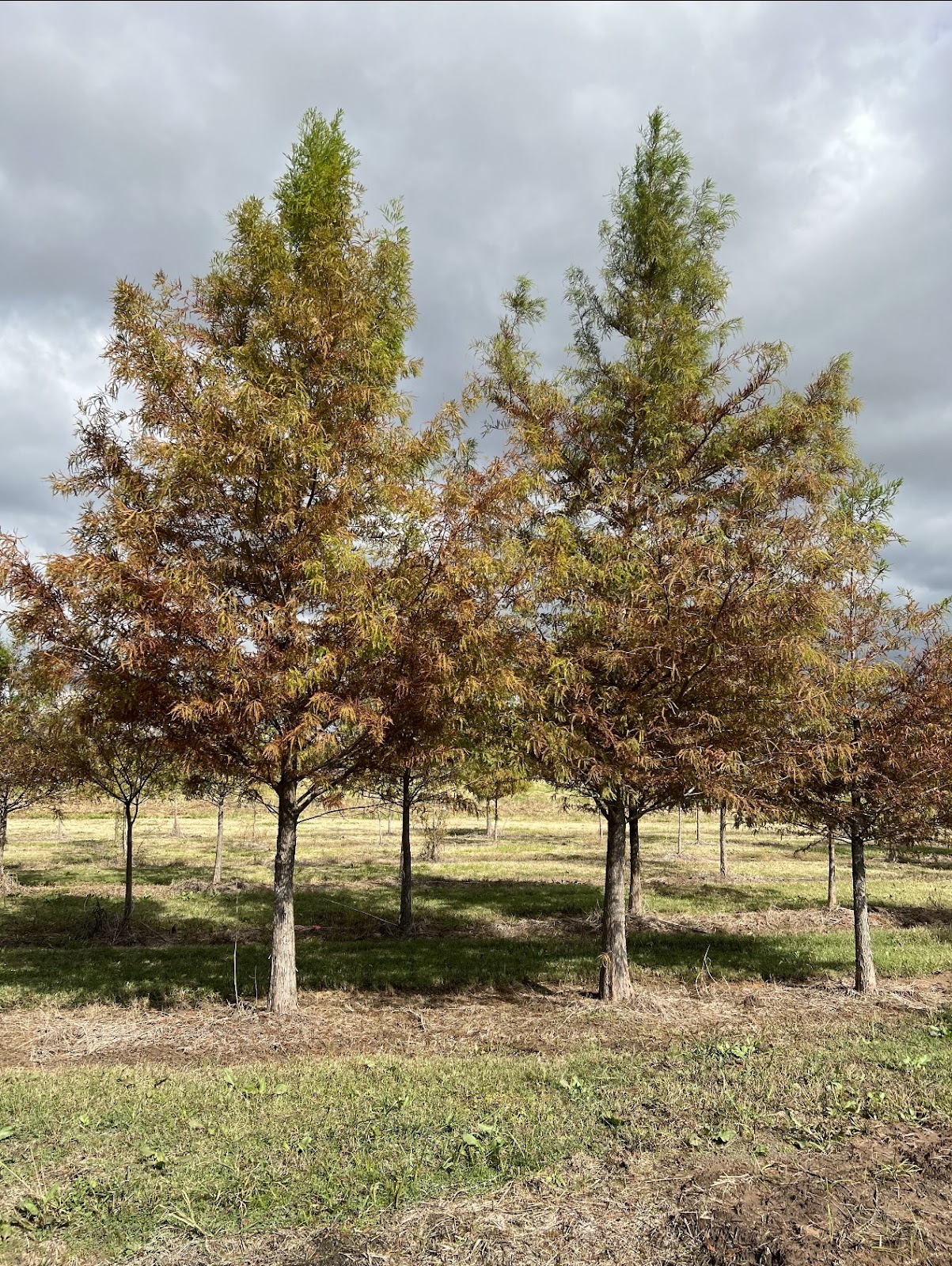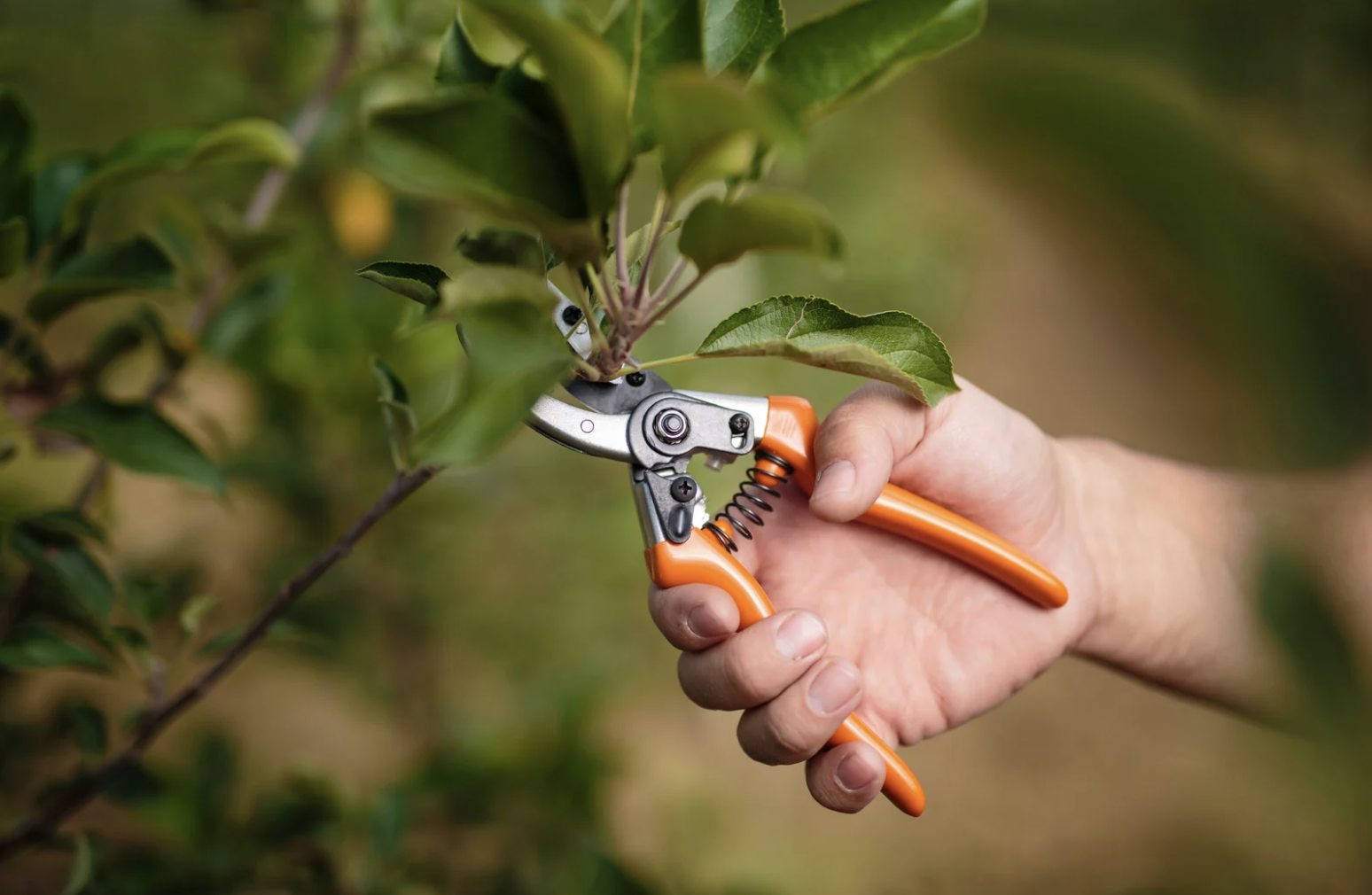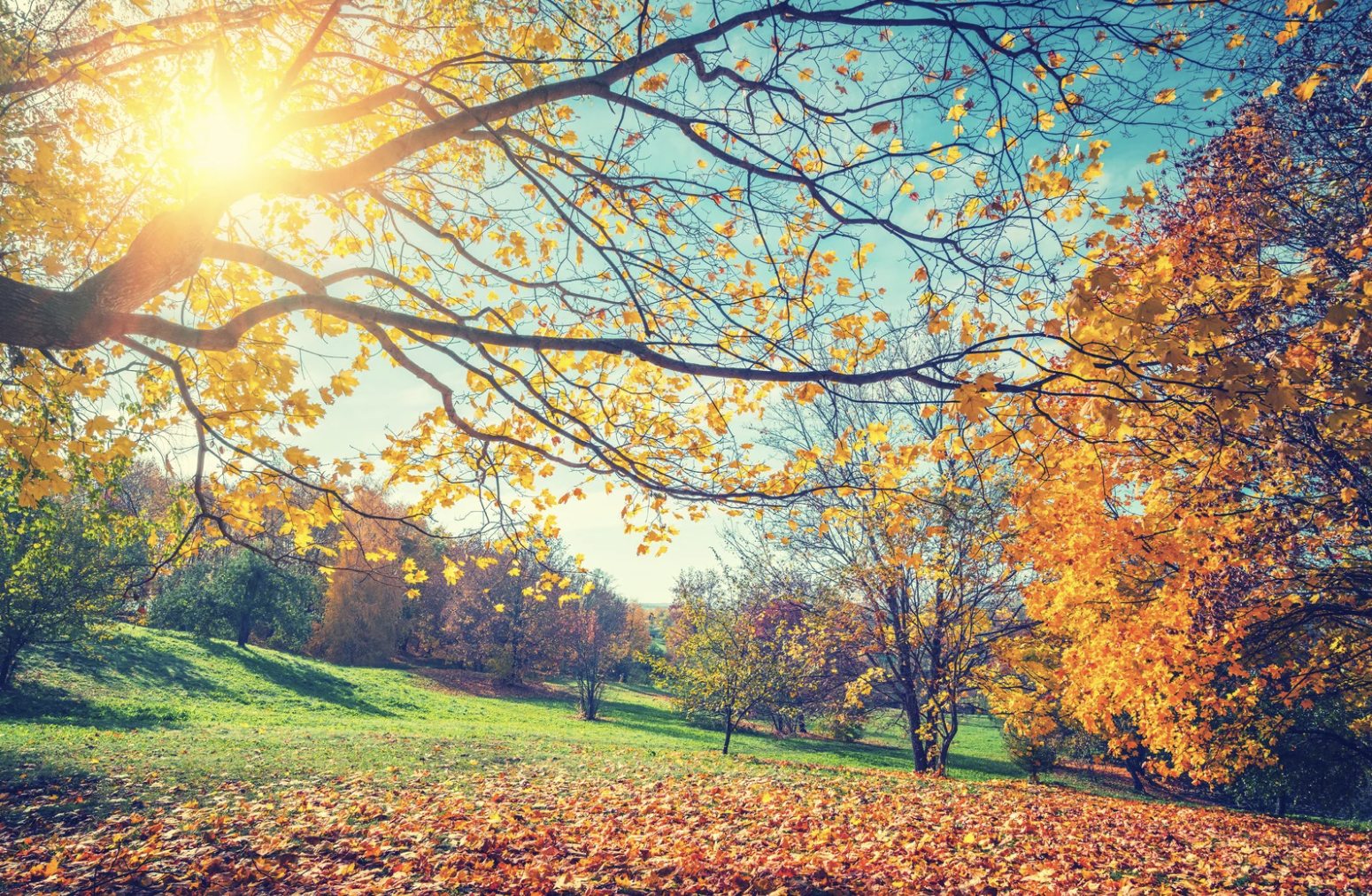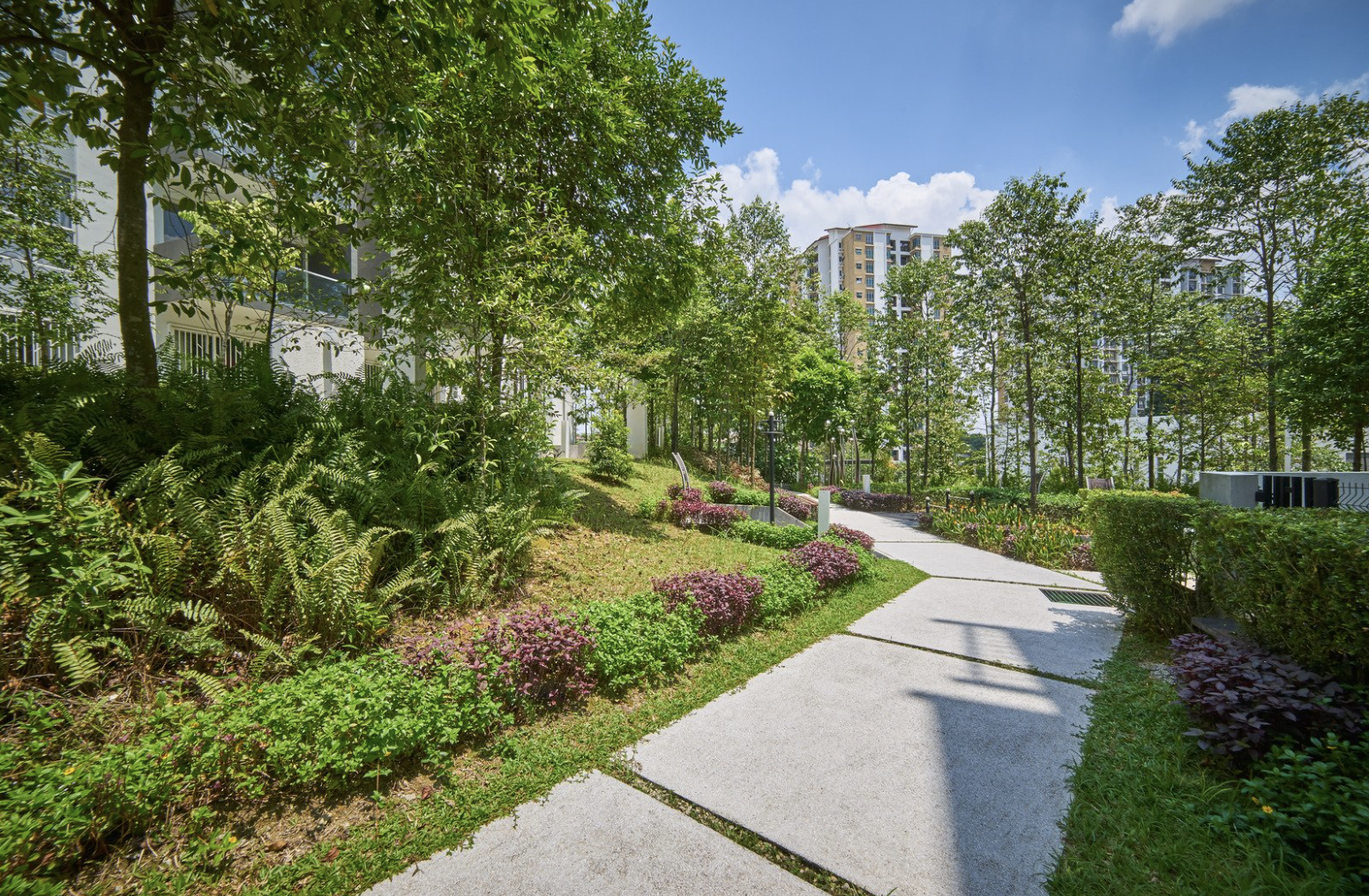
19 Mar Is the Chinese Pistache Tree Right for You?
Are you looking for a showstopper in your garden? The Chinese Pistache tree, known scientifically as Pistacia chinensis, may be just what you need. It’s prized for its vibrant fall colors and hardiness, making it a stunning ornamental choice.
Why settle for ordinary when you can have a shade tree that beautifies your landscape year-round? It blends visual appeal with durability, offering a balance both novice and seasoned gardeners appreciate.
Botanical Profile
The Chinese Pistache tree is notable for its resilience and adaptability in various environments. You’ll find its unique features highlighted through its structure and growth patterns.
Taxonomy and Morphology
The Chinese Pistache, scientifically known as Pistacia chinensis, belongs to the family Anacardiaceae. It’s leaves are compound and alternately arranged, providing a distinct appearance. Notably, the stems are stout, and they often exhibit many light-colored lenticels, which are small, lens-shaped pores.
Beneath it’s bark lies the inner layer, which plays a crucial role in nutrient transport. The tree’s morphology is marked by a rounded crown that offers ample shade. The leaves change to brilliant hues in autumn, making them a seasonal spectacle. This species is dioecious, meaning male and female flowers grow on separate trees.
Growth Habits and Maturity
Chinese Pistache demonstrates remarkable growth habits. Typically, it grows to a height of 30 to 35 feet at maturity, with a similar spread. It thrives in full sun and well-drained soils, showcasing moderate drought tolerance.
This tree matures with a dense canopy that provides year-round appeal. Its consistent growth pattern ensures a balanced form, and it’s often used in urban settings.
Maturity brings enchanting change as the foliage shifts from vibrant green to fiery red and orange in the fall. If you’re looking for a low-maintenance and visually appealing option, this species fits the bill.
Cultivation and Care
Growing a Chinese Pistache tree is a rewarding experience if you understand its specific needs. You’ll find that while it is adaptable, attention to soil, water, and maintenance will ensure your tree thrives.
Soil and Water Requirements
These trees are quite adaptable to various soil conditions, including clay, loam, and sandy soils. They do best in well-drained soil to avoid root rot. It’s helpful to ensure the pH levels are neutral to slightly acidic.
In terms of watering, though Chinese Pistache trees are drought-tolerant once established, providing consistent moisture during their first growing season promotes strong root development. Afterward, minimal watering is required, but do not let the ground become completely bone-dry.
Pruning and Maintenance
Pruning is not only about keeping the tree’s shape; it’s also a form of preventive care. Focus on removing dead or diseased branches to maintain proper airflow and sunlight penetration. Late winter or early spring is the ideal time to prune. Start by cutting back any crossed branches.
This helps reduce the likelihood of breakage and disease, ensuring a healthy structure. Prune moderately for a neat appearance, but avoid excessive cutting as it could stress your tree.

Pests and Diseases
Chinese Pistache is generally resistant to many pests, but you might encounter aphids or spider mites. If you notice them, treat them promptly with insecticidal soap or a strong spray of water. Diseases like verticillium wilt can pose a threat.
Practicing good hygiene, such as ensuring proper drainage and not overwatering, minimizes the risk. Always clear fallen leaves and debris to prevent mold and fungal growth. Regular checks can make all the difference, allowing you to catch issues early.
Ornamental Value
The Chinese Pistache tree holds significant value in garden design due to its vibrant display and versatility. From the changing hues of its foliage to its various landscaping applications, this tree offers a captivating presence in any outdoor setting.
Aesthetic Appeal
If you appreciate bold colors in the garden, the Chinese Pistache will suit your taste. In the fall, its leaves transform into a spectacular array of reds, oranges, and yellows, offering a vivid autumn display.
The lush green leaves in spring and summer provide a dense canopy, ideal for providing shade on sunny days. It’s not just about the foliage; the tree’s textured bark adds interest, especially in the winter months when the leaves have fallen.

Landscaping Uses
Chinese Pistache is a versatile choice for many garden styles. As a specimen tree, it can be a striking focal point, especially with its standout fall color. Its moderate size makes it suitable for urban settings like patios, yards, and small gardens, providing a welcoming splash of color.
It’s also known for its adaptability and resilience. The tree thrives in various climates, showing considerable tolerance to pollution and low water environments, making it well-suited for cityscapes. Consider it for lining streets or as a shade provider in open areas.
Environmental Impact and Considerations
The Chinese Pistache tree is well-suited for urban environments, offering drought and pollution tolerance. It provides ecological benefits such as excellent shade and terrific fall color.
Ecological Benefits
The Chinese Pistache is a valuable addition to urban spaces and natural areas for its ecological benefits. With its ability to thrive in full sun, it offers superb shade, making it an exceptional shade tree.
Its drought-tolerant nature is a bonus for regions with limited water resources. Are you looking for a terrific fall color to brighten up your surroundings? The vibrant hues in autumn are striking and provide visual interest.
Furthermore, the tree supports wildlife, providing a habitat and food through its berries, which attract birds. It contributes positively to the urban forest by improving air quality and reducing urban heat. The tree’s adaptability to different soil types makes it versatile for various planting schemes.
Suitability for Urban Planting

When considering a tree for urban planting, the Chinese Pistache stands out for several reasons. Its pollution-tolerant nature allows it to thrive in cities.
You won’t have to worry much about environmental conditions; this tree is resilient. Whether you’re planting in a tight city sidewalk or in an expansive park, it adapts well.
Its moderate size means it won’t overwhelm small spaces while still providing ample shade. Low maintenance is another major advantage. Pruning is minimal once properly established. This makes it a cost-effective choice for city planners and homeowners alike. The ability to contribute to reducing urban heat islands underscores its importance in modern city planning.
Transform Your Garden with the Beauty of a Chinese Pistache Tree
The Chinese Pistache tree offers stunning fall color, drought tolerance, and low maintenance, making it an excellent choice for many landscapes. Understanding its needs and benefits can help you decide if it’s the right fit for your yard.
For expert advice and assistance with your landscaping needs, contact Price Right Trees at 817-290-4365 today!
